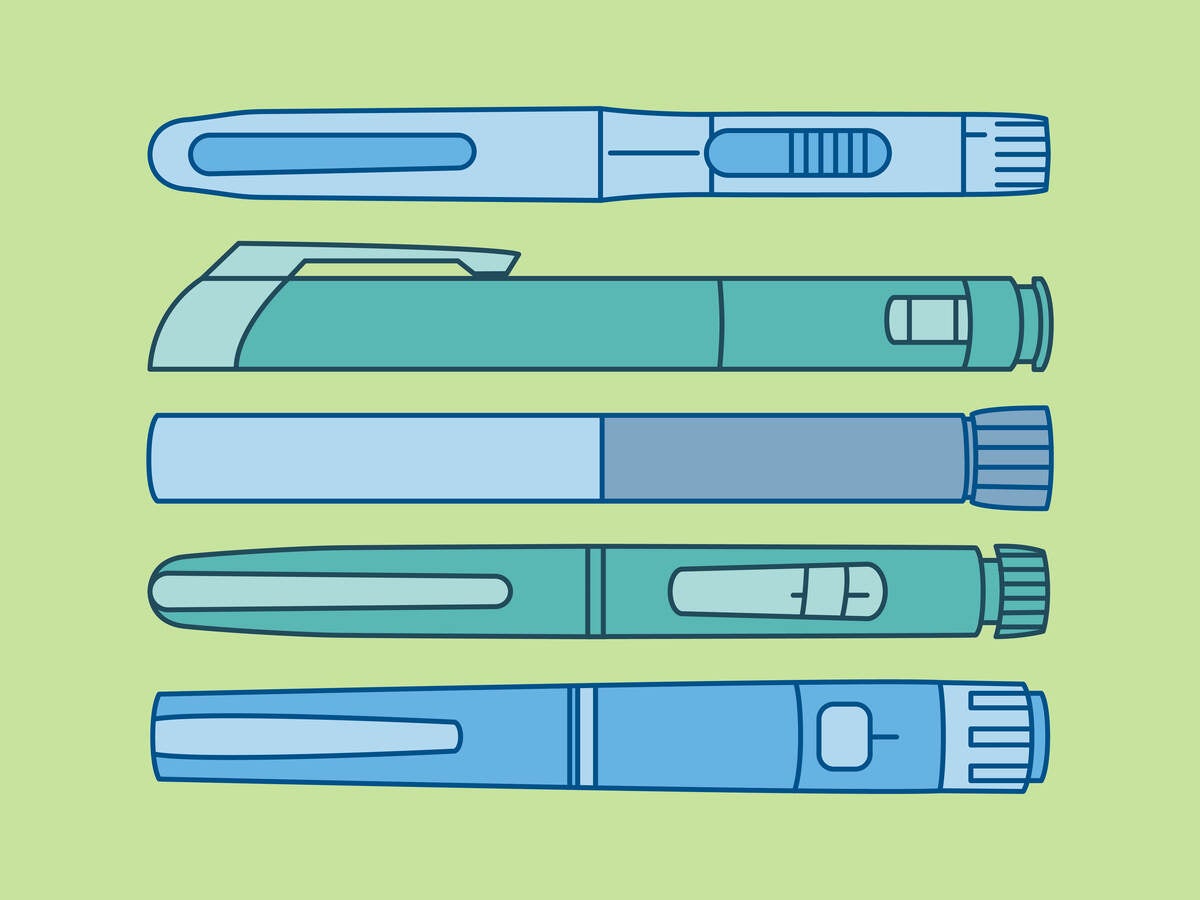December 13, 2023
By Frauke Schuurkamp and Rebecca Glasner
An Overview of Threshold Analyses and FDA Expectations
What is a threshold analysis? Threshold analyses are detailed comparisons between the user interfaces of two products to identify and assess the potential impact of any differences. The US Food and Drug Administration (FDA) defines user interface as any point of interaction between a device and a user, such as a device’s packaging, labeling or training. This approach is best suited for manufacturers who wish to market a generic product to an existing approved combination product. A threshold analysis is a concept first introduced by the FDA in two draft guidance documents released in 2017 and 2018.
FDA guidance for threshold analyses
The guidance documents, which focus on combination products, describe an FDA-approved product – a “reference listed drug” or “reference product” – against which a proposed product in development should be compared. The FDA calls for manufacturers to demonstrate, through threshold analyses and other methods, that their proposed product can be safely substituted for its reference product from a human factors (HF) perspective.
As part of threshold analyses, the FDA guidance documents outline three comparisons that must be carried out between the reference listed drug and the proposed product:
-
Labeling comparison: A comparison of all aspects of the product packaging, including the IFU.
-
Comparative task analysis: A comparison of all specific actions a user must perform while using a device .
-
Physical comparison: A comparison of all aspects of the physical display and control elements of a device
For each comparison aspect in the above-listed three comparisons, the manufacturer must categorize the results in one of three design attribute categories:
-
No difference.
-
Minor (design) difference .
-
“Other” (design) difference, where “other differences” are defined as findings that are related to a critical task.
The goal of the threshold analyses is to determine if differences related to external critical design attributes (i.e., other differences) could lead to additional use errors or other use-related risks to the end user when considering the use of the proposed vs. reference product.
Threshold analysis tips and examples
To help meet the FDA’s expectations on threshold analyses, we have the following tips and consideration points:
-
Minimize design differences. When a reference product user seeks to obtain a refill, and instead is given the proposed product as a substitute, they may expect that the device will work similarly to their current device. When submitting threshold analyses to the FDA, manufacturers should consider that fewer differences between the reference product and proposed product decrease the chance of risk and lessen the opportunity for use errors. Therefore, it is best to keep differences to a minimum and, for each difference, consider whether it is necessary.
-
Determining external critical design attributes is key. As previously mentioned, manufacturers must categorize design attributes into one of three categories. An “other difference” is one in which a feature directly impacts how a user would perform a critical task. For example, if a user is required to check their expiration date and this step is related to a critical task, and the date is displayed differently than their current device (12/1/2024 vs 1-Dec-2024). Another example of an “other difference” could be differences in the audio or tactile feedback (i.e., clicks, beeps, vibrations) the devices emit, including the amount of time before feedback, a different type of feedback, or the addition or absence of feedback. With this data, manufacturers can determine the other (and therefore critical) differences.
-
“Minor differences” might not be minor. In the context of the threshold analyses, minor and “other differences” are not determined by the extent of the difference, but rather whether the difference is related to a critical task. A minor design attribute finding does not impact the performance of a critical task. For example, a different color cap would likely not impact how, when, or if a user would remove it and therefore would be considered minor. However, if the cap on the proposed device added text such as “remove” or “pull here,” this could impact the way a user interacts with the device, and therefore, while a seemingly “minor” change, would be considered critical.
-
Ask for the FDA’s input. Manufacturers wishing to submit threshold analyses should work closely with the FDA. To avoid unnecessary delays or postponement of release, seeking FDA input can help ensure a threshold analysis is the correct step to take a product to market. Continuing to communicate with the FDA throughout submission processes may also help manufacturers determine what the next steps for their product might be. Based on the findings of the threshold analysis, the FDA may recommend a human-factors validation test, comparative use of human-factors study or to make changes to the proposed product.
Threshold analyses and end-user considerations
When conducting threshold analyses, it is important to consider end users who have been using a reference product. Manufacturers should closely consider if differences between the devices, especially other/critical differences, are necessary inclusions. The goal of an ANDA submission is not to create a device that is better than devices already on the market, but rather, to create a product that is as similar as possible. While it may feel contradictory to not aim for improvements, this consideration is especially important, as the greater the number of differences between the reference and proposed product, the greater the possibility of use errors.
Frauke Schuurkamp is managing human factors specialist and Rebecca Glasner is human factors associate at Emergo by UL.
Request more information from our specialists
Thanks for your interest in our products and services. Let's collect some information so we can connect you with the right person.






